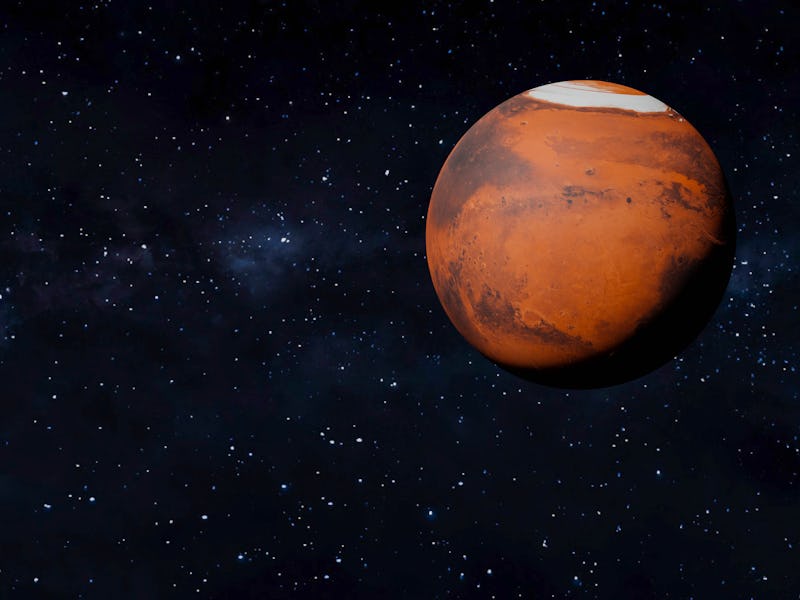NASA greenlights two new Mars helicopters and lengthens Perseverance’s resume
Space agencies are dreaming up a new way to bring Martian rocks to Earth.

On Wednesday, NASA made a grand announcement — to boost the odds that Martian rocks can successfully journey to Earth for up-close analysis, the space agency reworked its interplanetary delivery plan.
NASA and the European Space Agency (ESA) have agreed to “significant and advantageous changes” to a major part of the conceptual design for its Perseverance mission, NASA associate administrator Thomas Zurburchen states in the recent announcement.
This car-sized rover is the newest member of NASA’s robotic Mars fleet, and reached the Red Planet in February 2021 through an unprecedented landing. Arguably one of its most important responsibilities is the Mars Sample Return campaign. Perseverance’s six wheels leave grooves on the planet’s regolith as it works towards that goal, traversing Mars’ Jezero Crater to gather the telltale sedimentary proof that water — and possibly life — once existed there.
NASA’s Perseverance Mars rover took this image on March 17, 2022. Here it looks back at its wheel tracks on Mars, on the 381st Martian day, or sol, of the mission.
In October, the space agencies will dive into the details of their redesign: rather than having Perseverance leave caches of its pebble collection on Mars’ surface for another yet-to-be-built land-based spacecraft to pick up, the existing Mars rover will be the one to carry the precious parcels to their launch site. In addition, Perseverance’s high-flying robotic companion, the Ingenuity helicopter, has inspired the design of two future rotorcraft that would swerve over the Martian terrain to pick up other samples. This duo would be part of an existing concept, NASA’s Sample Retrieval Lander.
The next steps would be performed by two other established concepts. ESA’s Sample Transfer Arm would pick up the tubes that house the samples, and put them into NASA’s Mars Ascent Vehicle for a trip into the atmosphere.
The rocket will ferry the soil samples from the surface of Mars up to an orbiting spacecraft from ESA known as the Earth Return Orbiter (ERO), which will then jettison back to Earth and drop them off for landing and recovery.
NASA’s Ingenuity Mars Helicopter snapped this picture during its 20th flight, on Feb. 25, 2022. This view from Ingenuity’s high-resolution color camera shows the northwest portion of a region the “Séítah” region.
Agency officials said they are proposing this “advanced mission architecture” because they’ve determined Perseverance will last longer than once thought. The retrieval is currently slated to begin sometime near the end of 2027, according to the NASA announcement.
By giving Perseverance a new gig, NASA and ESA get to skip the construction of the intermediary robot they had first dreamt up — the Sample Fetch Rover — that would have been made by ESA. The delegates from the 22 European states of the continent’s space exploration program, Terrae Novae, got a look at this refined concept back in May. The announcement goes on to say that the states “will consider the discontinuation of the development of the Sample Fetch Rover” in September. A month later, the new plans are set to begin materializing.